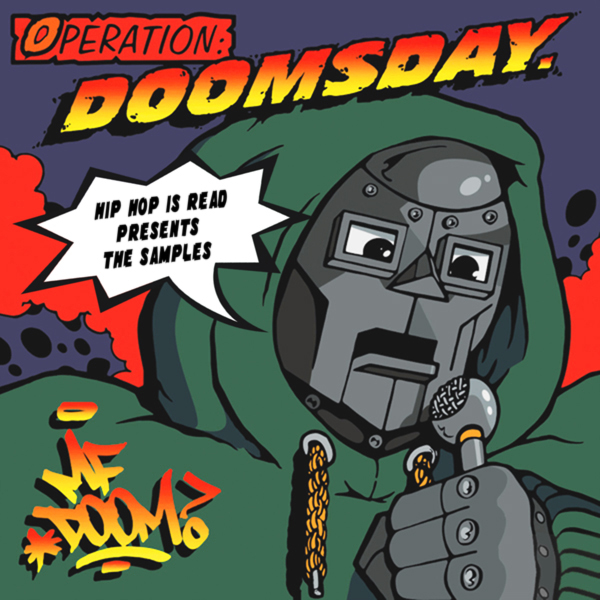

The entire operation came under Headquarters Scottish Command, which had been commanded by General Andrew Thorne since. In the event of an emergency, the Supreme Headquarters Allied Expeditionary Force would deploy troops into Norway from Germany. Force 134, the occupation force, was composed of Norwegian troops who were stationed in Scotland, as well as a British contingent (initially the 52nd (Lowland) Infantry Division), a few American troops, and some 12,000 Norwegian police troops currently stationed in neutral Sweden. Since 1943 the Western Allies had been developing plans for the occupation of Norway, code-named Operation Apostle, after Germany's surrender. The division returned to Britain at the end of August and disbanded two months later. The division was also able to confirm the deaths of the British airborne troops that had taken part in Operation Freshman, an unsuccessful attempt to disrupt the German atomic weapons programme in November 1942. Operational duties included welcoming back King Haakon VII of Norway, looking after Allied ex-prisoners of war, arresting war criminals and supervising the clearing of minefields. The division encountered little of the expected German resistance. The majority of the transport aircraft carrying the division landed safely, but one crash caused a number of fatalities. The German Instrument of Surrender was delivered on 8 May to General Franz Böhme, the commander of all German forces stationed in Norway, and the 1st Airborne Division landed near Oslo and Stavanger between 9 May and 11 May. During its time in Norway, the division was tasked with supervising the surrender of the German forces in Norway, as well as preventing the sabotage of vital military and civilian facilities. The division maintained law and order until the arrival of the remainder of Force 134, the occupation force. In Operation Doomsday, the British 1st Airborne Division acted as a police and military force during the Allied occupation of Norway in May 1945, immediately after the victory in Europe during the Second World War. C6.For the album by MF DOOM, see Operation: Doomsday The Hands Of Doom (Produced by DJ SubRoc)Ĭ4. And in today’s bland commercial Rap universe, Operation: Doomsday’s left-of-center beats and rhymes are the perfect remedy.Ī3. The comic-book themed skits, will help take you deep into the mind of an MC who is as otherworldly as they come. Doom’s avant-garde ghetto-rhyme philosophies take even more intentionally weird twists on “Tick, Tick…” where he and guest MC MF Grimm’s flows warble over a rhythm track whose tempo speeds up and slows down continually. On arguably the best track, “Rhymes Like Dimes,” Doom weaves some pointed lyrics through his abstract wordplay, spitting ‘only in America could you find a way to earn a healthy buck / And still keep your attitude on self-destruct.’ Who You Think I Am? features DOOM‘s crew M.onster I.sland C.zars, while on “?” he trades hot verses with former Columbia artist Kurious Jorge. Doom sounds either high or drunk on most of the tracks, his self-produced beats are gritty, and his rhyme styles are almost indecipherable. This 19-cut deep album is ridiculously dope, in a bizarro Ol’ Dirty Bastard kind of way. After KMD (his first group)’s 1994 sophomore album Bl_ck B_st_rds was shelved by Elektra in 1994 and his blood brother Subroc (one half of the sibling rap duo) passed away, surviving frontman Zev Love X mutated into the MC Avenger known as MF DOOM and the Rap world is better for it. Underneath his mysterious metal mask, MF DOOM hides the cachet underground legends are made of. Comes Bundled With An 18 X 24” Poster Of The Original Cover Art!!īack again on vinyl where it belongs, MF DOOM’s 1999 classic Operation: Doomsday is now presented on a premium grade LP, with audio re-mastered from the original Fondle’Em Records release, and a poster of the album cover art! MF93LP (original artwork) in a standard black pressing.


 0 kommentar(er)
0 kommentar(er)
